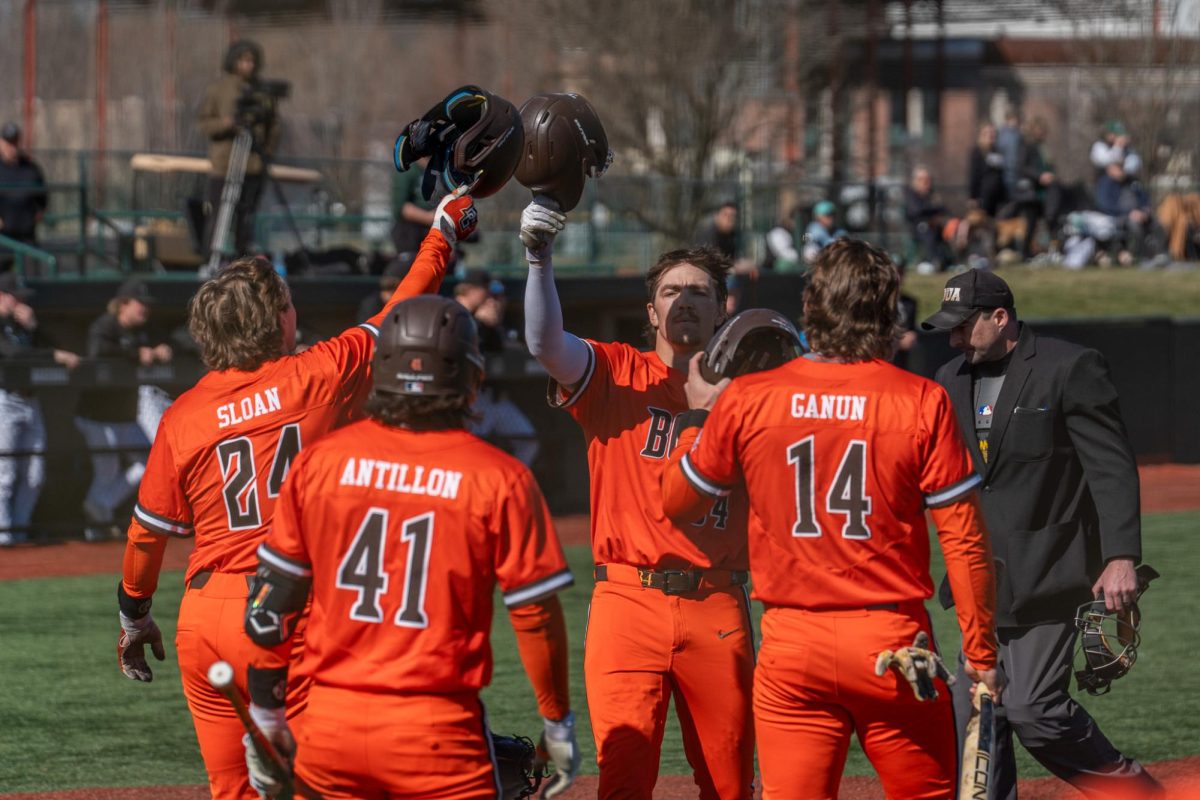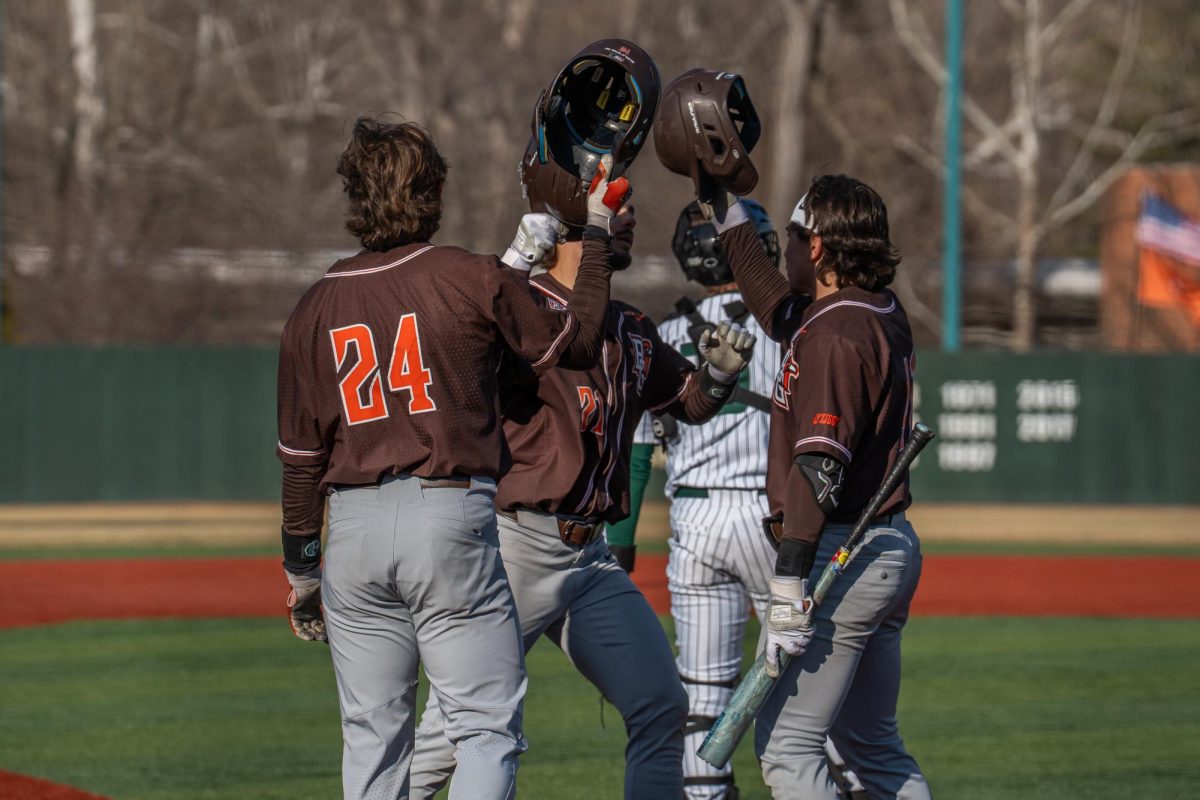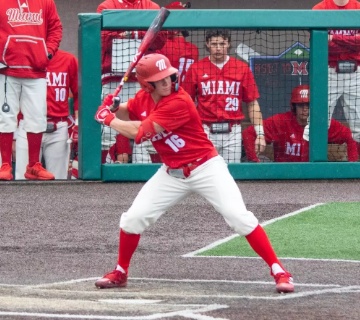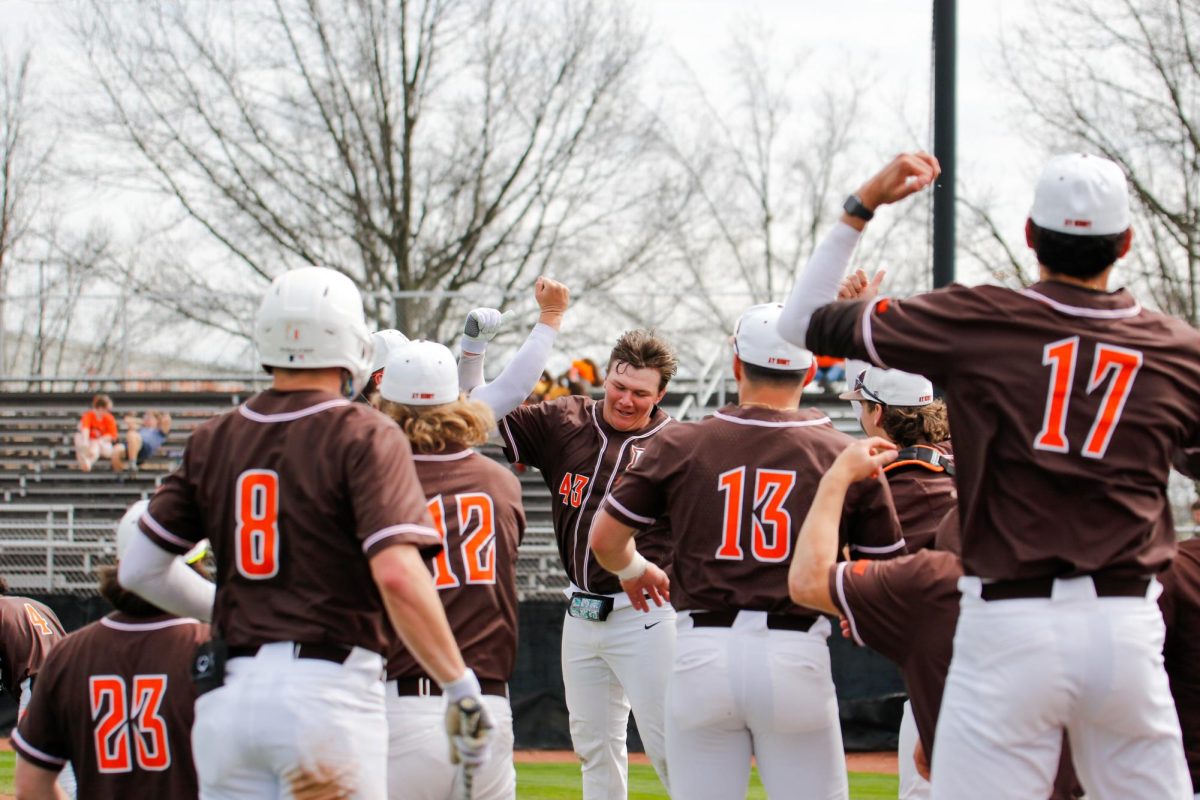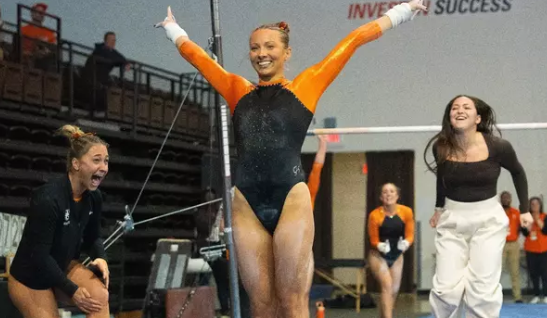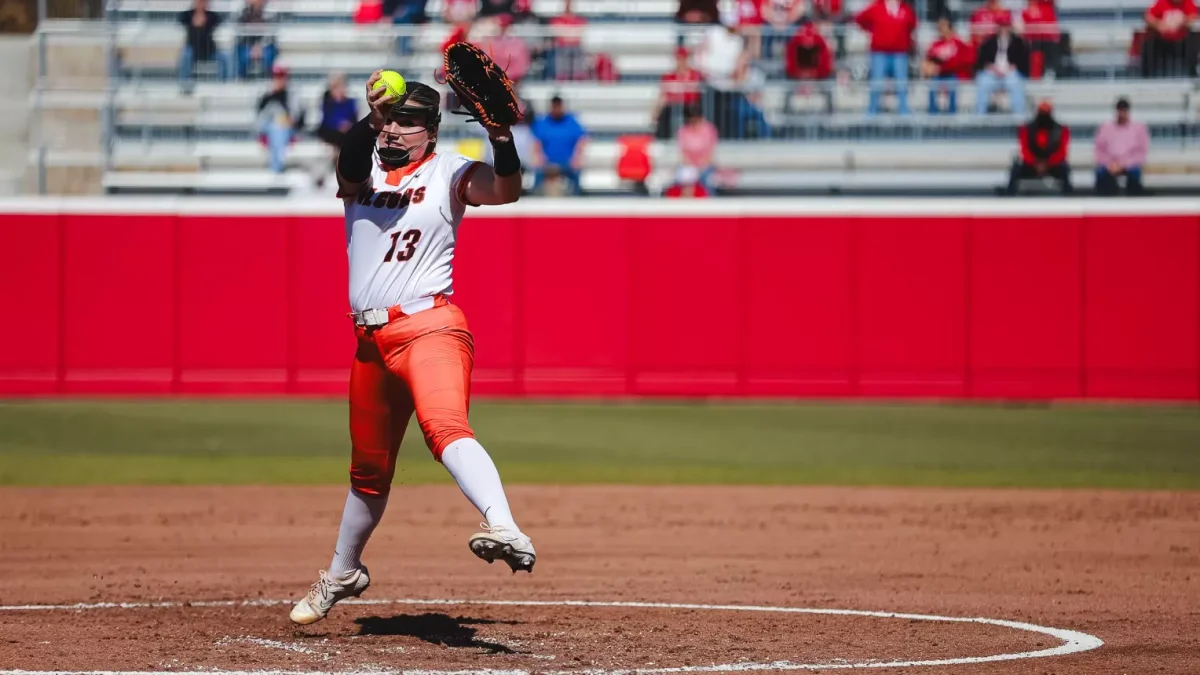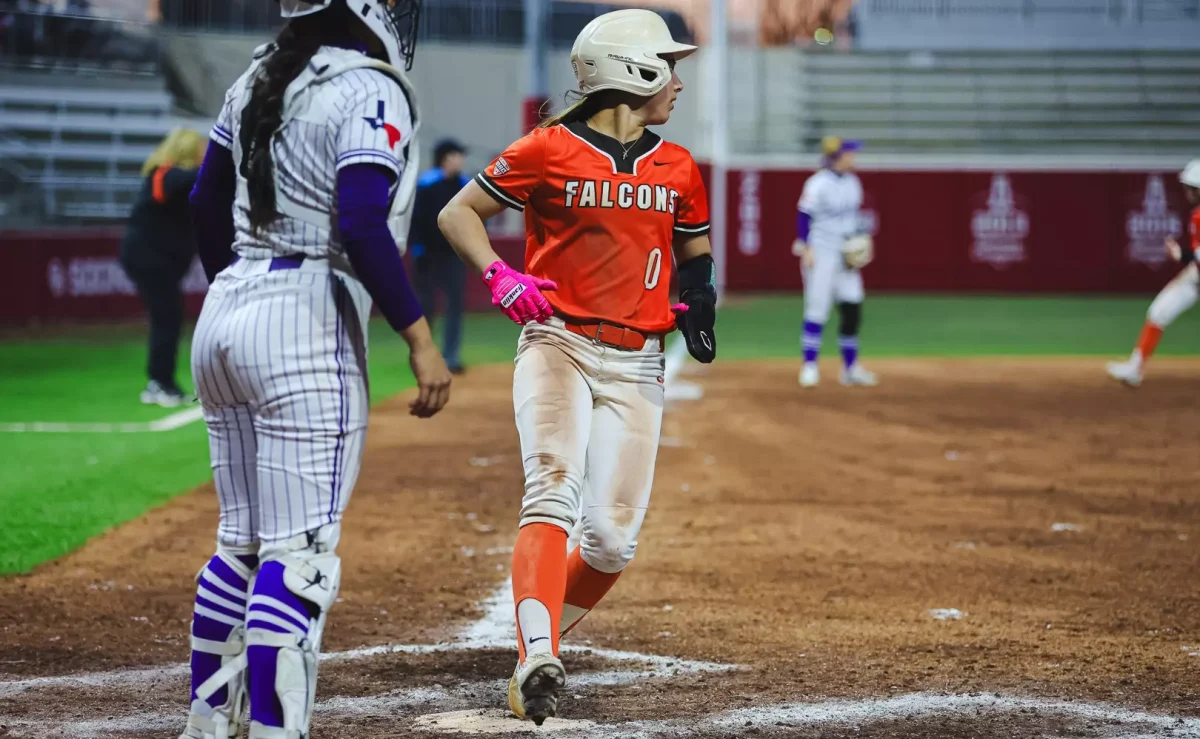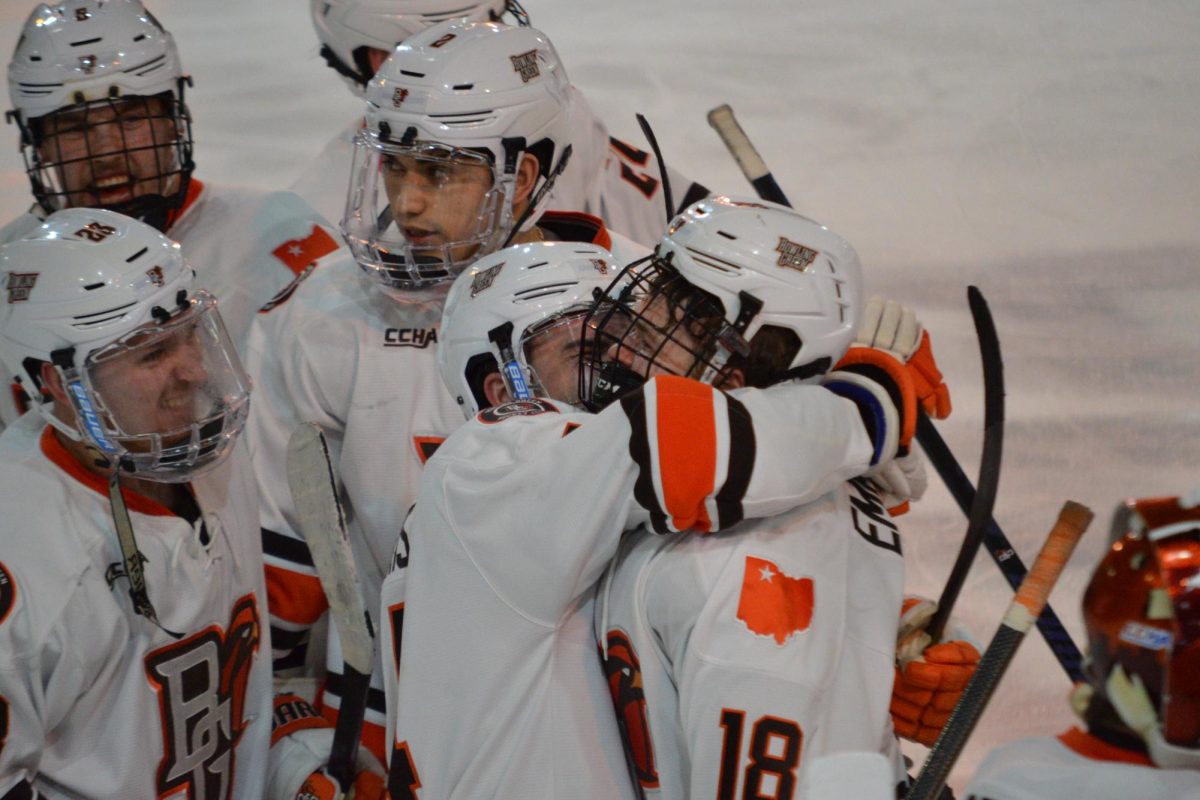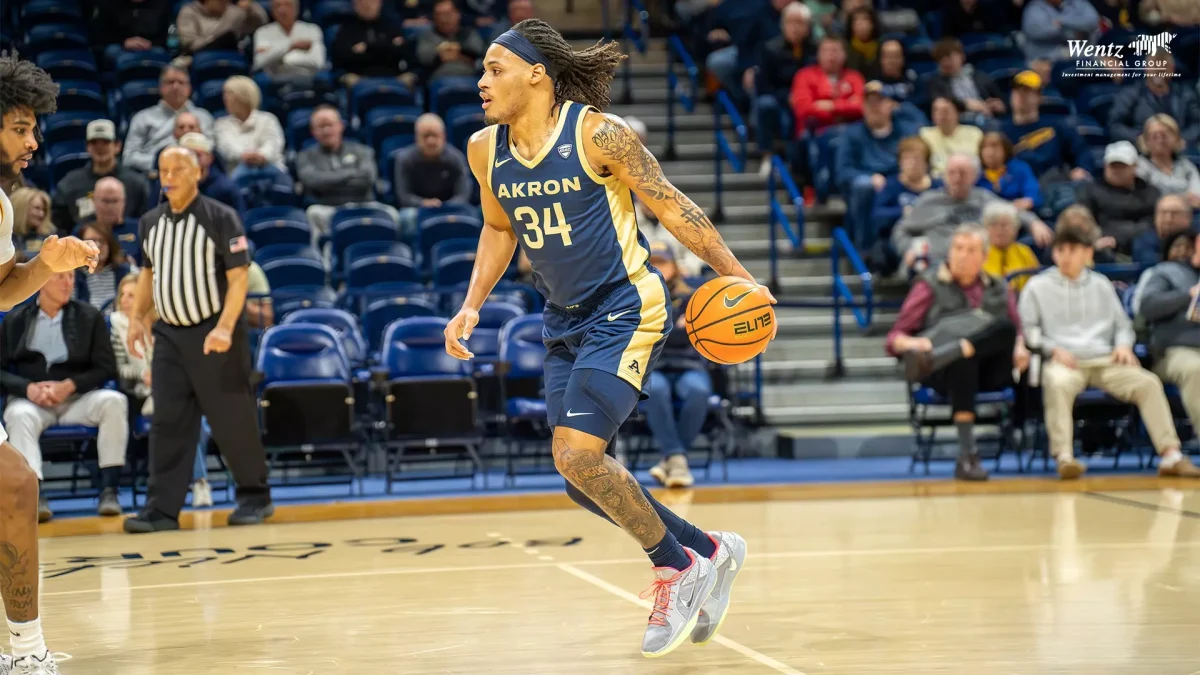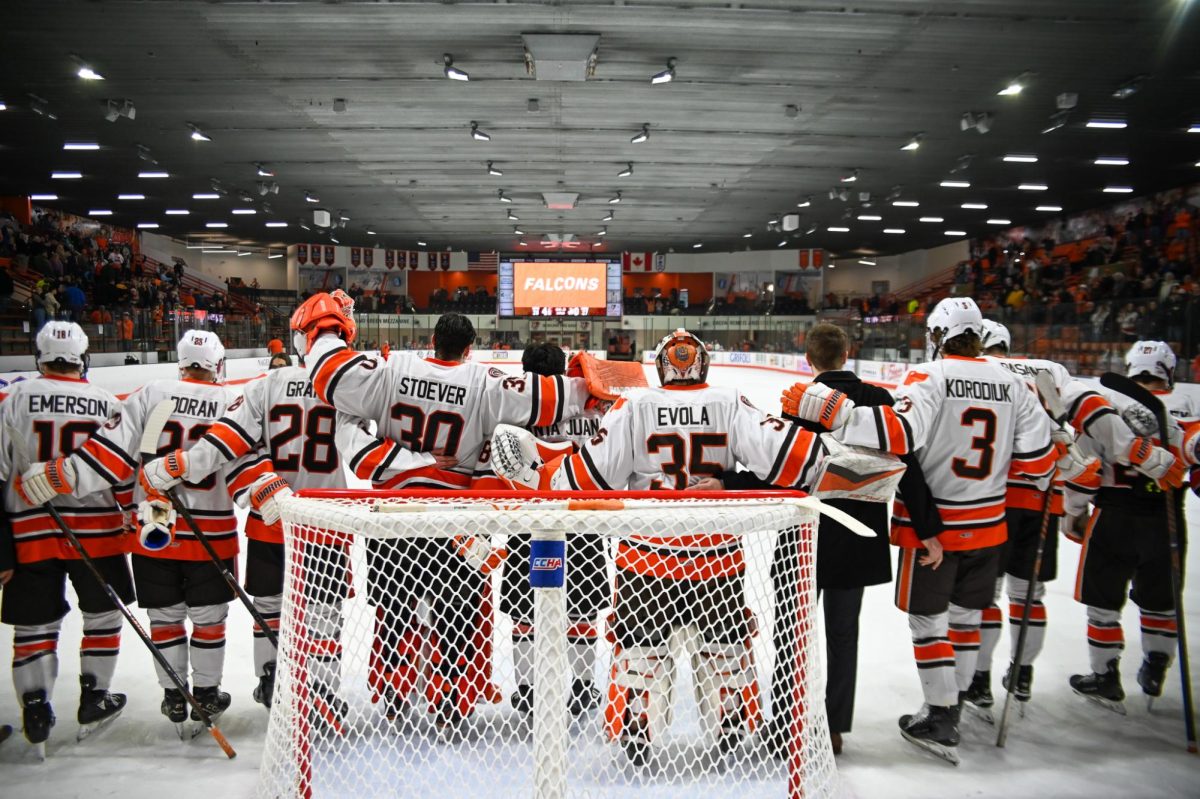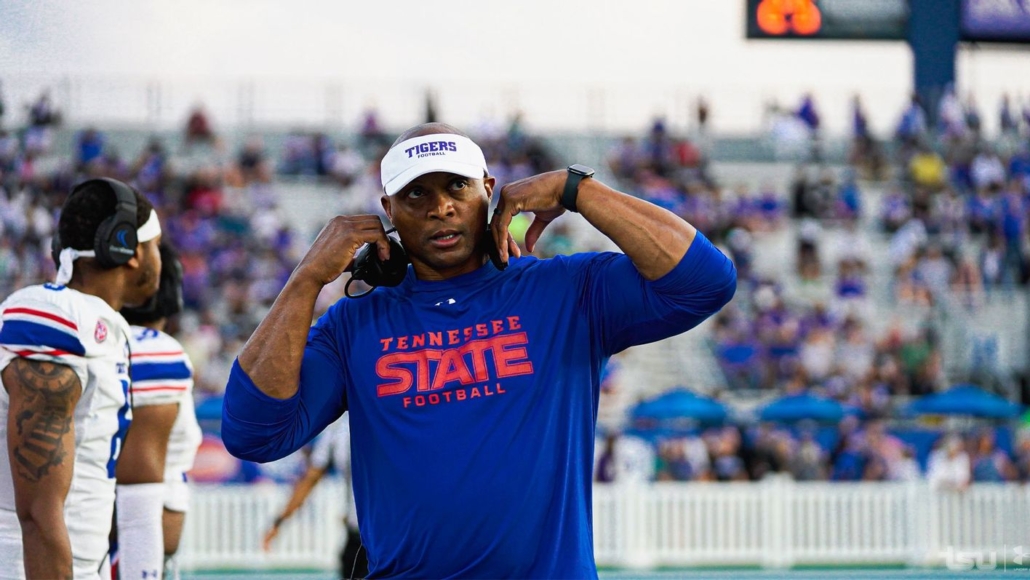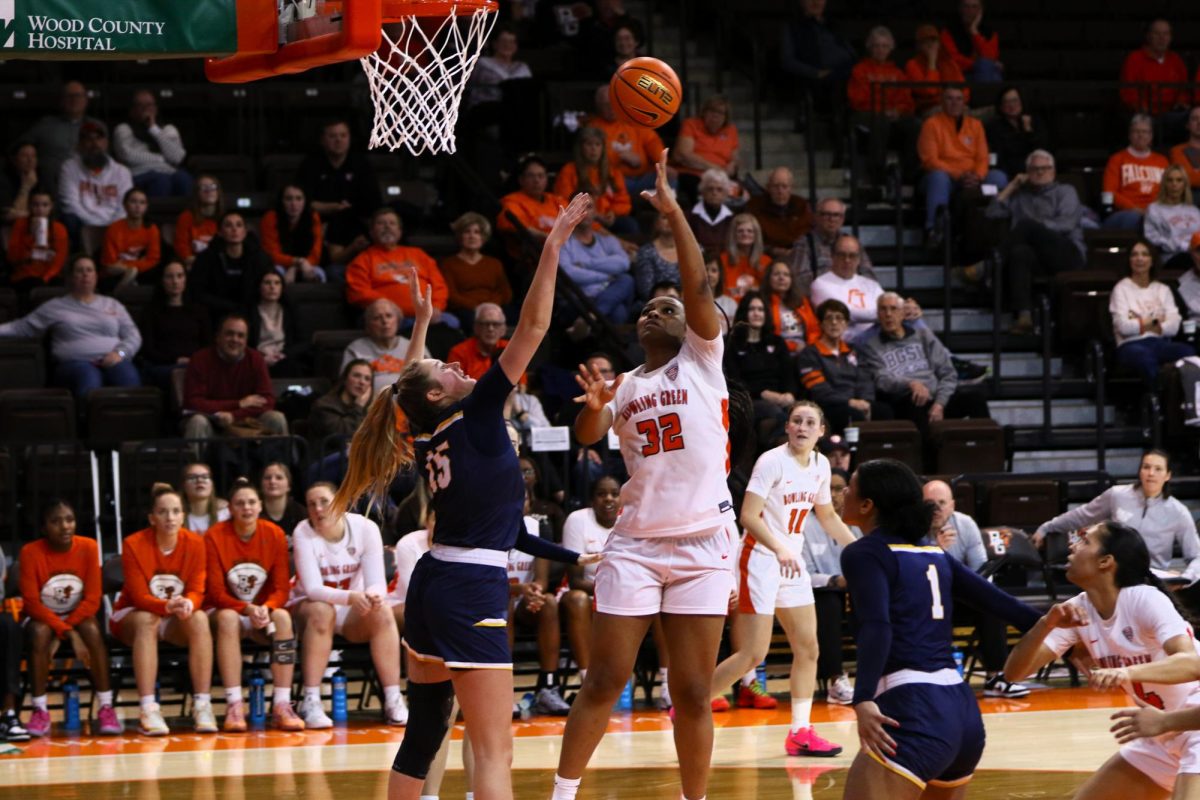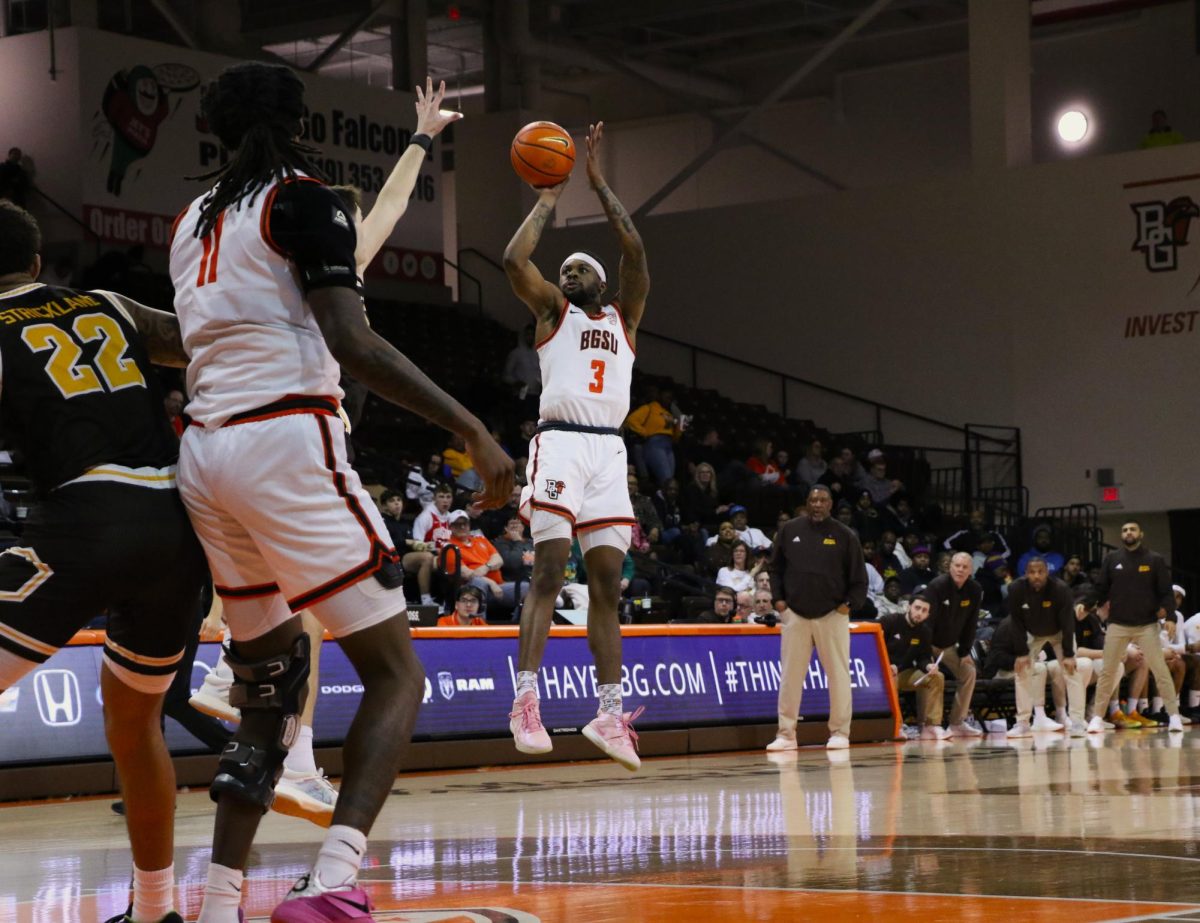On Tuesday night, Michael Bourn will step into the turfy batter’s box of the aptly Canadian-named Rogers Centre.
His first at bat as a Cleveland Indian marks the beginning of a new journey, a fresh start for a club coming off its second-worst season since 1991.
Not that you’d know it, if you spoke to any Tribe fans. Ask them about the Indians finishing 26 games under .500 this past year and expect to hear, “Who cares, this is our year.”
No one would have expected Bourn to lead off the Indians’ season. Certainly no one would have expected this off season to foster as much anticipation and enthusiasm as it did.
After all, this is a team that went 23-54 after the All-Star break this past season, including four-, six-, nine- and 11 game losing streaks along the way. They didn’t merely fall out of the pennant race like a stone, it was more like crashing into an iceberg and sinking into the Atlantic.
Ask any Cleveland fan about finishing 20 games behind the Detroit Tigers, the eventual league champs.
“Who cares, this is our year.”
It didn’t seem possible that it even could be. On Oct. 3, the Indians finished its season with an appropriate 9-0 loss at home.
The Indians had second-worse home attendance. Manager Manny Acta had just been fired. The team had the second-lowest runs scored and the Tribe’s best hitter had just 18 home runs.
Then something amazing happened. Chris Antonetti, the team’s general manager, recognized the team needed some fresh blood and big-name talent to get fans back to the ballpark.
All general managers realize this; fewer actually get it done.
It’s not that Cleveland fans aren’t crazy for their baseball, or any sport for that matter. The city has fielded a baseball team since 1887, through wars, depressions and some of the worst teams in the sport’s history.
Indians fans, you think you’ve had it bad?
Try 1899, when the owners of the Cleveland Spiders bought out a rival team and proceeded to transfer all of the good Spiders players to the other team franchise. Apparently in the 19th century no one saw it a conflict of interest to sabotage an entire franchise by owning more than one.
The final outcome in 1899 for the Spiders was 20-134, a .130 winning percentage. They were 84 games back of first place in the division.
The team was so bad and attendance numbers fell sharply enough that other teams refused to play in Cleveland, forcing the hapless Spiders to play nearly all of their games on the road.
Bourn has probably never heard of the Cleveland Spiders, just as he’s unfamiliar with most American League ballparks and opponents.
However, he is familiar with the Blue Jays’ projected opening day starter, R.A. Dickey.
Both are coming over to the American League from the National, Dickey being last year’s Cy Young Award winner as a knuckleball ace.
Bourn should have no problems with the knuckleball, which dances and gyrates through the air, conceding its flight path to the wills of a cross breeze.
For one, Bourn is nine-for-28 against Dickey in his career including a pair of extra-base hits.
But most of all, the game takes place in a dome, sans artificial wind to go along with the artificial grass below their feet. There’s a retractable roof, not likely to open with snow showers expected for a wintry Toronto evening.
He’ll step up to the plate, wearing for the first time his team’s road gray uniforms. He’ll tap the plate a few times with his bat, kick some imaginary dirt off his spikes and chop a clunky knuckleball to the left side.
Terry Francona, the Tribe’s new manager, will watch his new center fielder sprint down the counterfeit grass.
A new team of players, including Mark Reynolds, Nick Swisher, Mike Aviles, Jason Giambi, Scott Kazmir and a host of others, will watch along the dugout steps.
A fan base rejuvenated from a promising off season will see Bourn cross the first base bag for the Indians, the team’s record 0-0 like everybody else’s, hoping an infield single 300 miles away in another country spells hope.
Baseball’s back, and the boys of summer are lacing up. Even with fake grass under dome lights, baseball’s back.
Play ball.


